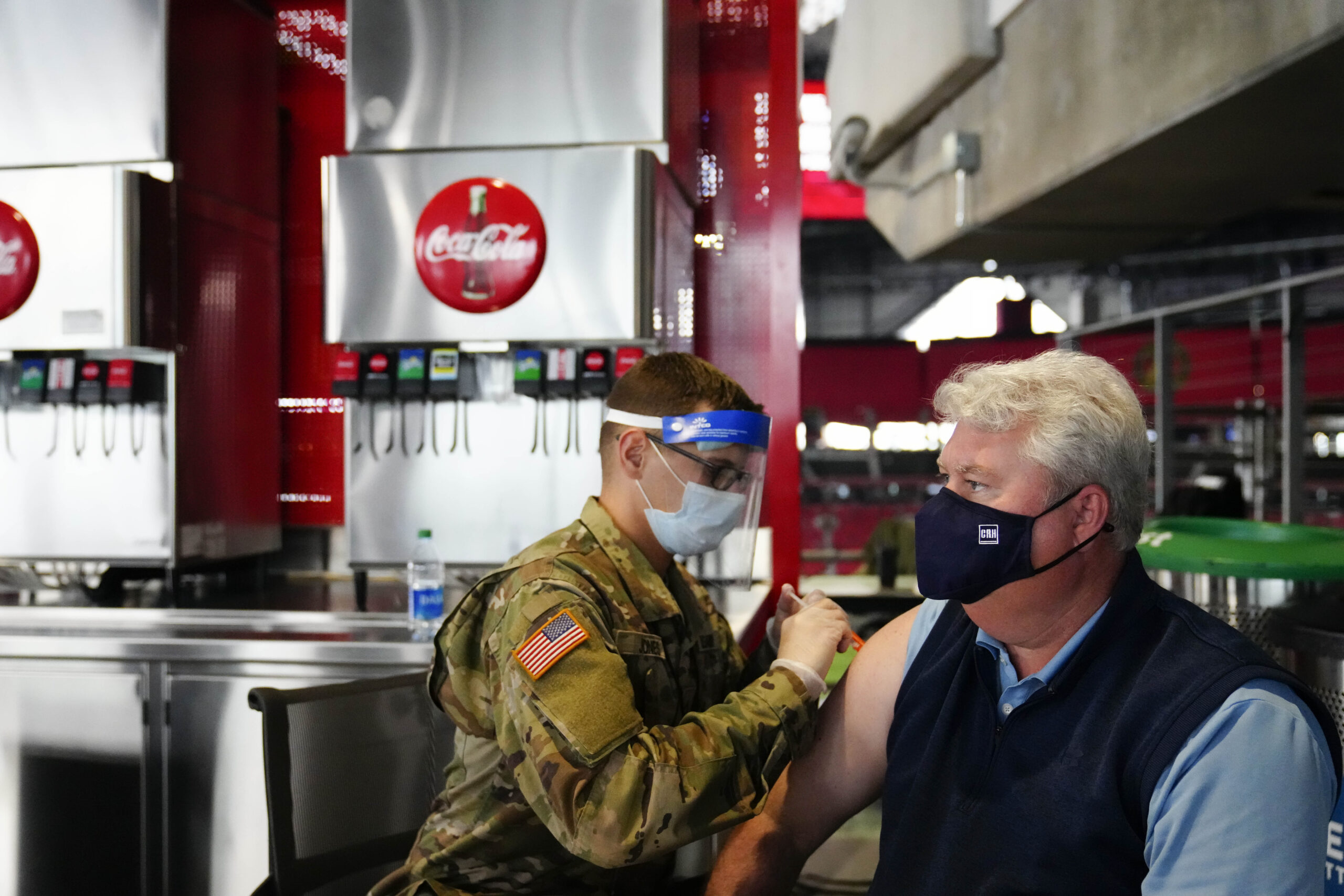The BA.5 omicron subvariant, which is now the most prevalent coronavirus strain in the United States, is four times more resistant to COVID-19 vaccines, according to a new study.
The strain, which is considered “hypercontagious,” according to the Mayo Clinic, is more defiant against messenger RNA vaccines, which include Pfizer and Moderna.
The BA.5 strain represented 65% of cases from July 3 to 9, according to data from the Centers of Disease Control and Prevention.
It is contributing to increases in COVID-19 hospitalizations and admissions to intensive care units across the country.
But vaccines still provide much better protection than going without the safeguards.
Unvaccinated people have about a five times higher chance of contracting the virus than those who are vaccinated and boosted, while chances of hospitalization are 7.5 times higher, and chances of death are 14 to 15 times higher, said Dr. Gregory Poland, head of the Mayo Clinic’s Vaccine Research Group.
“Let me make a clear, clear point here that’s a little tough to hear: Whether you’ve been vaccinated, whether you’ve been previously infected, whether you’ve been previously infected and vaccinated, you have very little protection against BA.5 in terms of getting infected or having mild to moderate infection,” he said. “You have good protection against dying, being hospitalized or ending up on a ventilator.”
The CDC still recommends getting tested if you experience COVID-19 symptoms, and wearing masks depending on the number of cases where you live.
The more contagious omicron variant was first detected in the U.S. in December 2021.
As the BA.5 strain becomes more popular, incidences of the BA.1, BA 1.1 and BA.2 omicron subvariants have declined.
Copyright 2022 NPR. To see more, visit https://www.npr.org.
9(MDAxODM0MDY4MDEyMTY4NDA3MzI3YjkzMw004))

9(MDAxODM0MDY4MDEyMTY4NDA3MzI3YjkzMw004))








